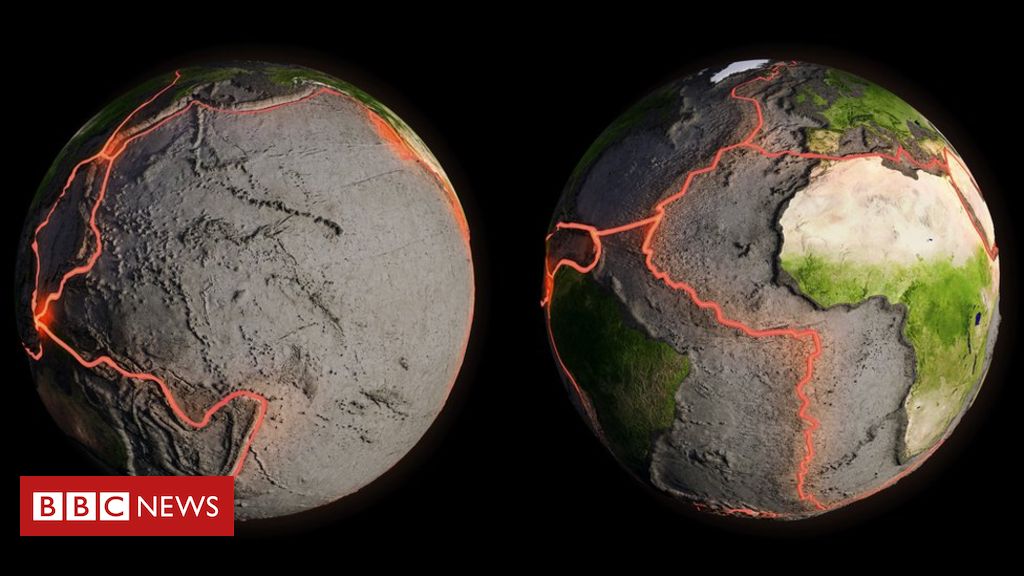
International research team has identified more than 1,200 genes linked to educational attainment. With more than 1.1 million participants from 15 countries, the study is among the largest human genetics studies to date.

The titanium microbots could one day provide a minimally invasive method for delivering therapies in humans.

Australian researchers said Wednesday they have developed a blood test for melanoma in its early stages, calling it a "world first" breakthrough that could save many lives.

Researchers in Iceland have successfully used an existing fibre-optic communications cable to assess seismic activity.

Researchers have demonstrated nanomaterial-based white-light-emitting diodes (LEDs) that exhibit a record luminous efficiency of 105 lumens per watt.

Test tube chemistry using synthetic DNA molecules can be utilized in complex computing tasks to exhibit artificial intelligence

A team of scientists in Germany has managed to prop up a molecule into a position that it would not naturally assume.

The findings have surprising and positive implications for the survival of the West Antarctic Ice Sheet which scientists had previously thought could be doomed because of the effects of climate change.

Scientists have engineered a molecular soft cocrystalline structure that bends and twists reversibly and without disintegration. Such crystal it a robust candidate for advanced molecular electronics and other new materials.

Large Hadron Collider general-purpose detectors ATLAS and CMS have made complimenting discoveries on the Higgs boson and top quark coupling process.

The successful field test of the next-generation harvester proved that it can extract drinkable water every day at very low humidity and at low cost, making it ideal for people living in water-starved areas of the world.

Removing tonsils and adenoids in childhood increases the long-term risk of respiratory, allergic and infectious diseases, according to researchers who have examined - for the first time - the long-term effects of the operations.

Scientists in Basel, Switzerland, have created an artificial tissue that mimics some of the biological properties of natural bone marrow niches and can support stem and progenitor cell replication over several days.
Researcher in the Netherlands believes even gravity can be harnessed to produce free electricity on a scale sufficient to power small appliances.

Researchers have developed a mineralized material that mimics the fortified structure of enamel. The protein-based substance could be used to prevent and treat tooth decay, as well as tooth sensitivity and pain.